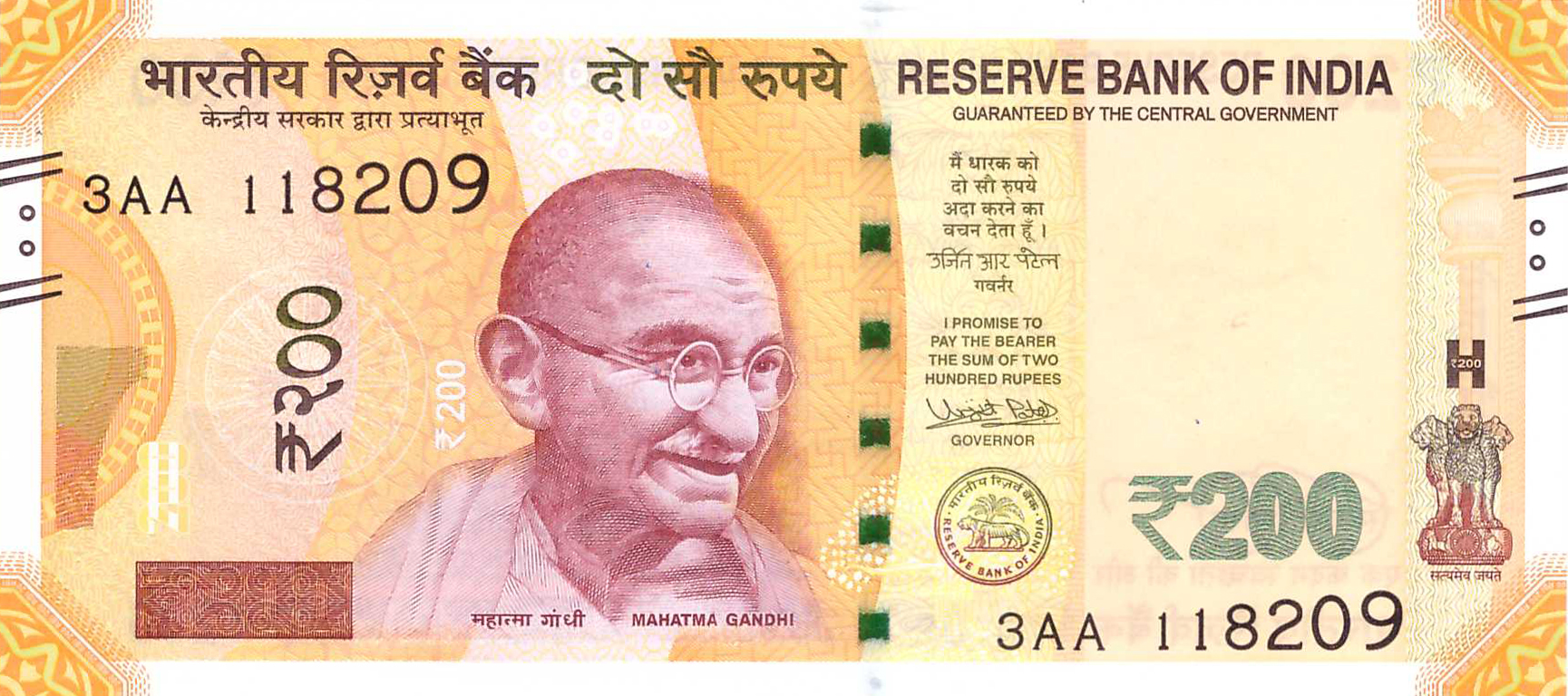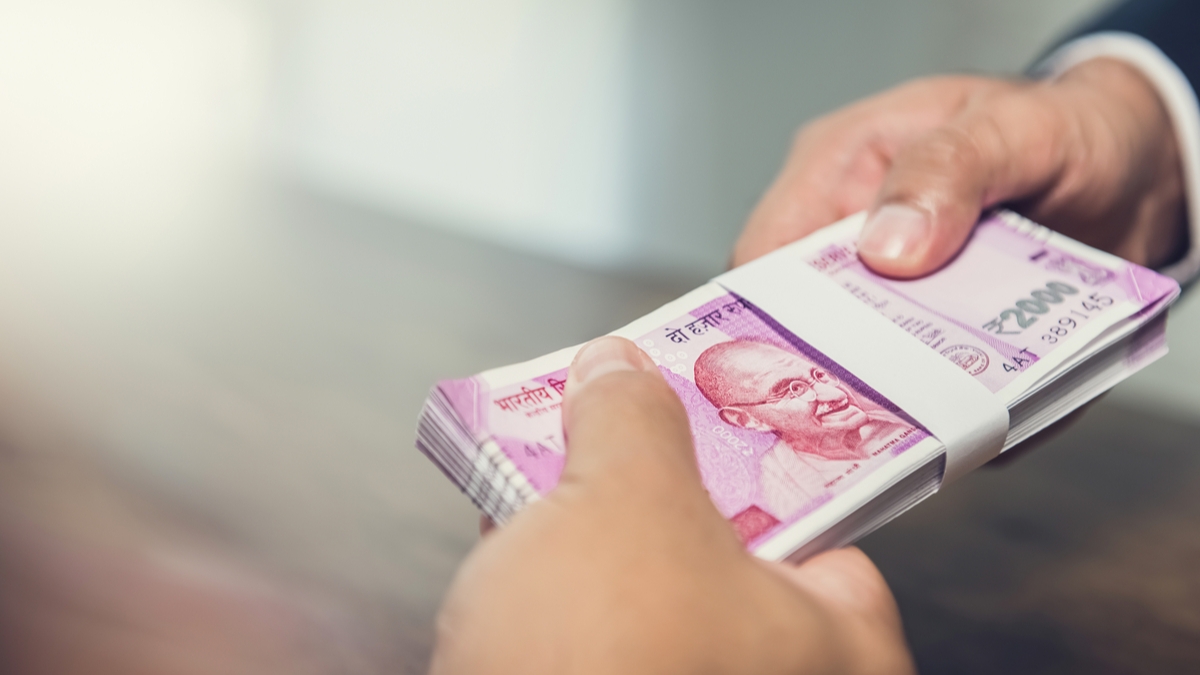India’s Initiative to Internationalize Rupee with 18 Countries Faces Slow Start

India’s Initiative to Internationalize Rupee with 18 Countries Faces Slow Start
The Indian campaign to increase the role of the rupee in cross-border payments has faced challenges and made limited progress, according to sources familiar with the matter. Despite efforts by the Reserve Bank of India (RBI) to promote the use of the rupee, including allowing several banks to settle trades in rupees with 18 countries, the adoption of the Indian currency for trade settlements remains relatively low.
One aspect of the campaign involves encouraging major oil exporters like the UAE and Saudi Arabia to accept the Indian rupee for trade settlements with South Asian nations. However, the extent of acceptance and adoption of the rupee for such settlements is still limited.

These challenges highlight the difficulties faced by countries seeking to reduce their reliance on the U.S. dollar and establish their currencies as viable alternatives in cross-border transactions. Despite efforts to promote the rupee, it appears that significant hurdles remain in increasing its usage for international trade settlements.
The efforts to increase the global usage of the Indian rupee have faced challenges, as the total trade volumes in local currency have remained negligible. According to undisclosed sources, the trade volumes in rupees have only reached around 10 billion rupees ($120 million) since the campaign began. These figures are significantly lower compared to India’s total goods trade of $1.2 trillion in the previous fiscal year.
The Finance Ministry spokesperson did not respond to a request for comment on the matter.
The initiatives to internationalize the rupee are closely linked to Prime Minister Narendra Modi’s vision of enhancing India’s global influence. India aims to leverage its rapid economic growth and position itself as an alternative manufacturing hub to China in the post-Covid era.

Despite these aspirations, the progress in increasing the global acceptance and usage of the Indian rupee for cross-border transactions has been limited, indicating the challenges involved in reducing dependence on the U.S. dollar and establishing the rupee as a significant global currency.
India’s aspirations for the internationalization of the rupee face certain obstacles that run counter to those goals. While the country aims to reduce its reliance on the U.S. dollar and make its economy less vulnerable to global currency shocks, certain policies and factors hinder progress.
1. Capital Controls and Currency Controls: India still maintains capital controls and exercises a tight grip on the rupee. These measures restrict the free flow of capital and limit the currency’s convertibility, which can impede its internationalization.
2. Current Account Deficit: India has historically experienced a chronic current account deficit, indicating that it imports more goods and services than it exports. This deficit can create pressure on the rupee’s exchange rate and hinder its international acceptance.
3. Limited Share of Global Exports: India’s share of global exports is relatively small, accounting for approximately 2%. A smaller export share can limit the demand for the rupee in international trade settlements and transactions.
The prospects of the rupee becoming a significant international currency are intertwined with India’s economic strength, geopolitical standing, as well as the openness of its capital account and the quality of its financial markets. The capital account liberalization, along with robust financial market infrastructure, will be crucial factors in facilitating the internationalization of the rupee.
:max_bytes(150000):strip_icc()/INRNotes-5c829d8146e0fb00013364ac.jpg)
Recent challenges have highlighted the difficulties India faces in promoting the internationalization of the rupee. One such challenge arose when India struggled to pay for a significant increase in cheap Russian oil imports using rupees. In May, Russia accounted for nearly half of India’s oil imports, up from less than 2% before the invasion of Ukraine.
However, Russia was reluctant to accept rupees due to concerns about exchange-rate volatility, instead preferring currencies like the yuan or the United Arab Emirates dirham. As a result, Russia has accumulated up to $1 billion in rupee assets each month, which remain stranded outside of India.
To address the surplus of rupees, India has suggested that foreign countries invest in its government bonds and bills. However, India has also been cautious in opening up its markets. For example, it recently refused to provide tax exemptions for trading on international bond platforms, which would have facilitated India’s inclusion in global debt indexes. Additionally, India withdrew a plan to issue sovereign bonds in overseas markets.
Comparison with China
India’s efforts to internationalize the rupee have been described as a gradual process by RBI Governor Shaktikanta Das. While the country aims to reduce its dependence on the U.S. dollar, the rupee’s global presence is still limited compared to the Chinese yuan. China has a larger sway in global finance, with the yuan holding the fifth-largest share as a global payments currency and a 7% share in global forex turnover. Despite these disparities, India continues to work towards promoting the rupee for trade settlements, keeping in mind the geopolitical dynamics and the desire to establish itself as a counterweight to China’s influence in the Indo-Pacific region.

India’s push for the internationalization of the rupee mirrors the broader trend of countries seeking alternatives to the dominance of the U.S. dollar. However, India faces significant challenges in establishing the rupee as a significant international currency, including capital controls, a chronic current account deficit, and a limited global export share. While the road ahead may be challenging, India remains committed to gradually expanding the global usage of the rupee, leveraging its economic growth and geopolitical aspirations.
The benefits of internationalizing the rupee for India are evident. It helps mitigate currency risk for Indian businesses, reduces the need for maintaining large foreign exchange reserves, and enhances resilience against external shocks. India’s objective is not to make the rupee a reserve currency but rather to facilitate its usage in transactions and payments.
Although it may be premature to dismiss India’s efforts to increase the role of the rupee, the country’s projected contribution to global growth and recommendations in an RBI report suggests a potential for the currency to play a larger role internationally. India is expected to be the second-largest contributor to global growth by 2028, according to the International Monetary Fund.

As per Leonard Kwan, a money manager at T. Rowe Price Group Inc., the focus should be on expanding the rupee’s usage as a medium of transaction rather than solely as a reserve currency. To achieve this, India could consider implementing measures such as an open capital account and developing a large and liquid pool of investible assets, which would enhance the rupee’s potential to eventually serve as a significant reserve currency.
Overall, while challenges persist, India’s aspirations to carve out a greater role for the rupee in international transactions and payments should not be underestimated.




